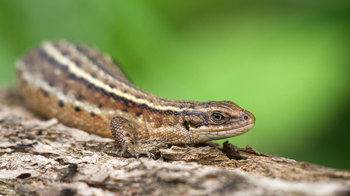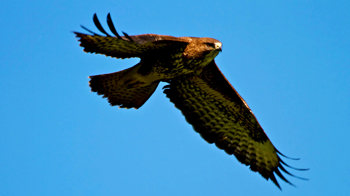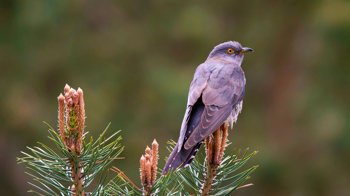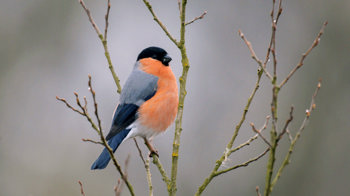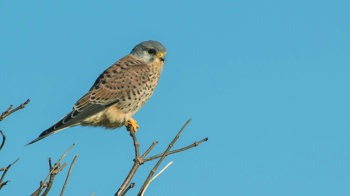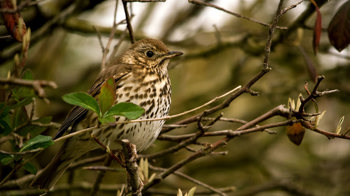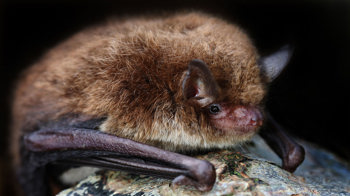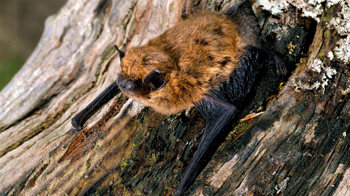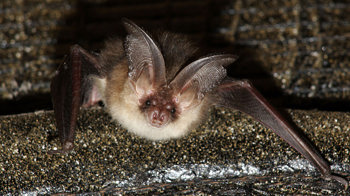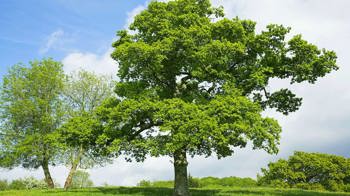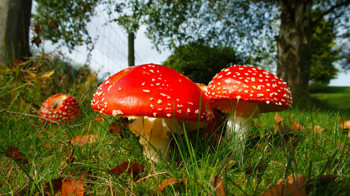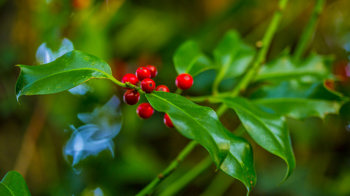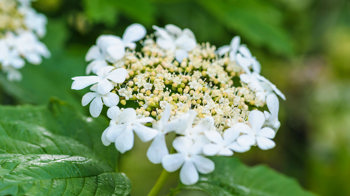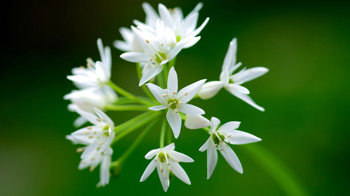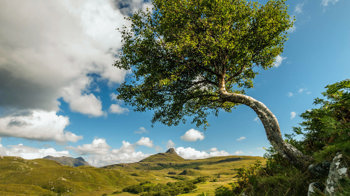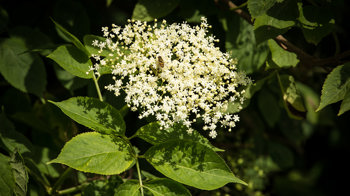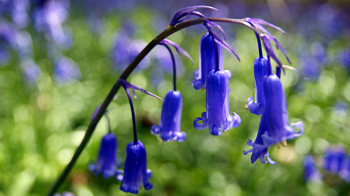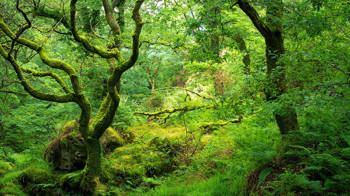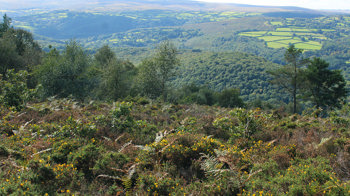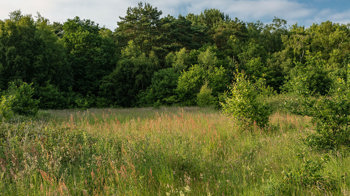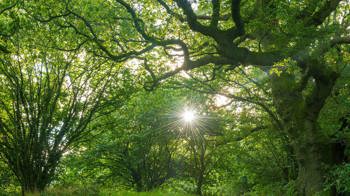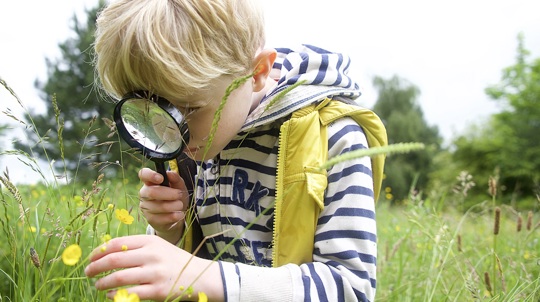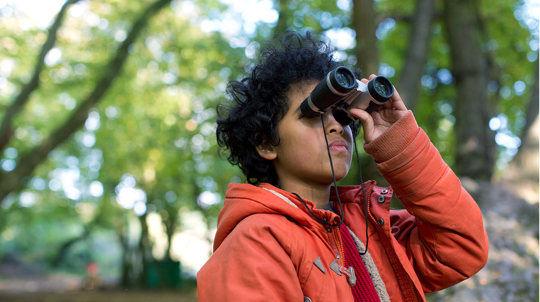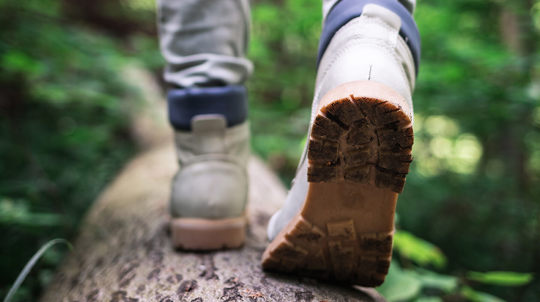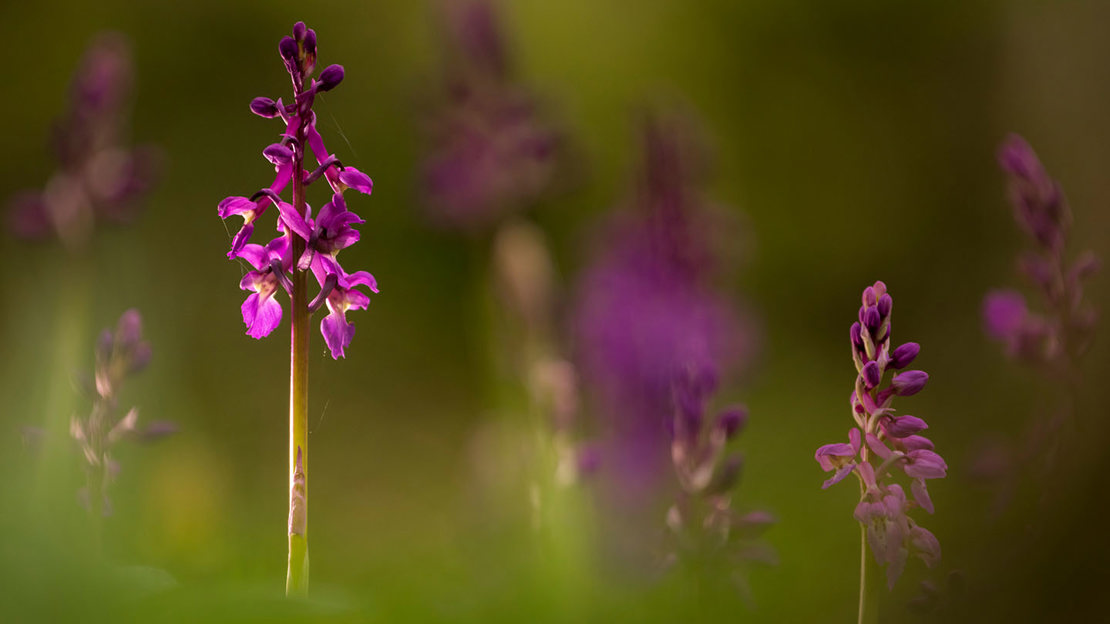So, Smithhills Estate is one of the largest estates that the Woodland Trust owns in England. It's right on the edge of Bolton, so millions of people very very close by, and it's an estate which is quite unusual for the Woodland Trust because it's not just woodland. It's lots of different habitats - that's moorland, grassland and heathland.
Rainy days are a part of daily life here, so we just get stuck in. Smithills is right on the edge of Bolton, so in greater Manchester, which means there are millions of people within a 30-minute travel time. So having better access means that more people can come and enjoy it.
Today we've got a forest school going on. The forest school has a home here on Smithills Estate and so there are lots of children really enjoying the outdoors, some of whom may never have been to a forest school before and perhaps haven't even been in a woodland.
We've been really lucky to get money from Veolia Environmental Trust and that's really enabled us to open up quite a bit more of the estate. It will help us help more people to access the estate because we are using it for path works and tracks. So, it will mean that more local people will be able to come to Smithills and enjoy everything that Smithills has to offer.













